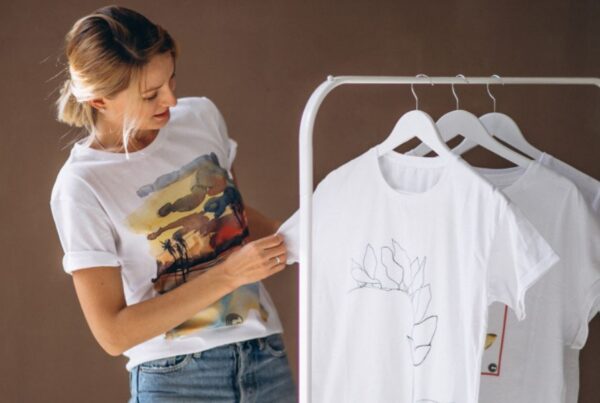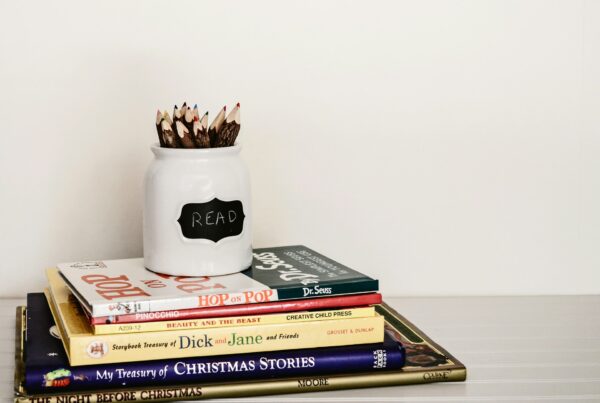Disclosure Sponsored Links: This post contains a paid-for sponsored link, meaning we have received compensation in exchange for including it. Sponsorship does not influence our content, but we believe in transparency regarding paid placements.
When creating art, some businesses make it fit with their brand image. This is a set of rules that makes all business material look consistent, so it’s instantly recognisable to customers. They do this by using certain colours, fonts and other stylistic choices.
The strongest brands go to great lengths to keep their image consistent. Brand consistency goes deeper than just visuals – it also applies to how copy is written or how the business addresses customers. Knowing how they do this can help entrepreneurs set up their own ventures. It can also help customers identify professional, high-quality businesses.

Source: Unsplash
Table of Contents
Brand Iconography & Colouring
At its simplest, a consistent brand image will aim to use the same iconography and colours across its business operations. Most brands settle on a business logo that they use for everything. As for what that logo looks like, it depends on the brand and the message they want to convey. Silicon Valley is famous for its sleek, minimalist logos using either neutral or primary colours. For consumers, these logos give an impression of clean, high-tech professionalism.
Alongside their logo, larger brands tend to have distinct iconography associated with products. This is common with e-commerce retailers and iGaming websites. A casino website has its own brand image with a logo and distinct colours, but the games will have their own theme too. Games like Wanted Dead or a Wild slot UK lean into historical settings like the Wild West for its brand. Others focus on fantasy or sci-fi settings with themed art assets and distinct branding. This works for iGaming because most sites don’t make the games. Instead, they host them on-site in collaboration with the original developers.
Individual branding is more common in creative industries, but there are notable exceptions. For example, Microsoft’s 365 suite uses distinct colours and simple letter initials to set its programs apart. Word uses blue with a W logo, while Excel uses green and an E logo. However, their logos are similar enough that they clearly belong to the same company at a glance. You can also explore various office accessories, such as a drafting stool, to enhance your workspace.
Businesses try to pick a striking, eye-catching colour when setting their colour palette. This is the dominant colour, so it should be the most common colour across a business’ material. Most brands then choose two or three complementary colours to use alongside the dominant colour. Using a varied but consistent palette means the brand is recognisable but doesn’t become monotonous or boring. For more help in choosing a brand colour, the designers at Canva have a few tips.
Brand Font & Copy
While colours and icons can tie a brand image together at a glance, consistency in font and copy is important once a customer has engaged with a brand. Font is often part of a logo, but most businesses have multiple fonts, just like colours. They choose a dominant font which is part of their logo and/or headings on business-related documents. Then, they choose one or two complementary typefaces for other written copy. That way, the business can switch between them and keep written copy engaging while maintaining a uniform aesthetic.
The chosen logo font can say a lot about a business. Most logos use simple, printed letters that are professional and don’t stand out from the crowd. If a business uses a more messy, unique font, it typically belongs to a creative or family-oriented industry. Luxury brands are another exception – some use bold, capitalised fonts like Gucci while others prefer delicate, cursive fonts like Cartier. Both are elegant but understated, because their audience already knows and desires these brands as status symbols.
Copy isn’t just about font, but also personality. Brands consider how casual or professional their business communications should be. More casual, playful brands can get away with contractions and excited exclamation marks. Meanwhile, a law firm might want to take a more professional approach by using proper grammar and rigid, dependable language. You can find a deeper dive into brand personality at Upwork, complete with examples.
Social Media Presence
If the above tips help craft a consistent brand image, then social media is the megaphone that will deliver it to the masses. The phrase ‘perception is reality’ applies here, as a strong brand can fall flat if it doesn’t carry over to its promotional materials and customer outreach. For a modern business, social media is a free and powerful tool to market to your audience. They have also developed into competent multimedia platforms capable of spreading your art, iconography or other visual content.

Source: Pexels
Remember that social media platforms are also brands, so being active on them will give a certain impression to onlookers. LinkedIn is a very different kind of social media site than Pinterest, for example. If a business markets itself on LinkedIn, then it’s probably embedded into the world of business and offers B2B services. On the other hand, Pinterest is ideal for designers, artists and creatives of all visual disciplines to show off their work. X, formerly Twitter, is a relatively neutral ground where virtually every business maintains an account.
When posting on social media, brands need to keep to the rules they have set for themselves. This should be consistent across platforms, from the business website to the brand’s LinkedIn and X accounts. This means adopting the same tone, be it casual or professional, when making posts or responding to customer queries online. Posts can vary depending on the business – artists will post art and engage with other artists in their community. A finance or SEO business will post diagrams, infographics and other copy that should follow the rules we have described above.
If all else is equal, a brand that follows consistent branding rules should be more recognisable than a brand with no rules at all. Audiences will come to know their style, making them more likely to engage with that brand in the future. For those that do engage, they should be more loyal. By nailing everything from iconography to copy all at once, and broadcasting it on social media effectively, entrepreneurs and artists can give their careers a stronger chance at success.








